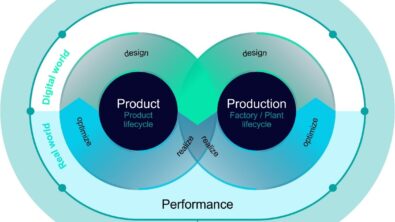Elevating user experience with UX maturity models

By Kirolos George and Reem El Adawi
In today’s digital landscape, user experience (UX) plays a crucial role in the success of software applications. To enhance their software’s usability and overall user satisfaction, software organizations should adopt a structured approach to software development and implementation. UX maturity models provide a valuable framework for assessing and improving UX practices within an organization. I recently presented on this topic at the Pacific Northwest Software Quality Conference (PNSQC) 2023. Here are my takeaways from my research and experience.
Understanding UX maturity models
UX maturity models are frameworks that enable software organizations to evaluate their UX practices and identify areas for improvement. They provide a roadmap for enhancing UX capabilities, ensuring consistent and satisfying user experiences. Understanding the significance of UX maturity models is a first step in guiding software teams towards a more user-centered approach.
The first critical step is to assess your organization’s current UX maturity level, which can be categorized into stages such as unrecognized, initial, tactical, strategical, and optimal. By recognizing which stage your software organization is in at the present, you can set realistic goals and identify the necessary steps to progress further along the maturity model.
Key insights to improving UX
There are five key points software organizations should use to leverage UX maturity models to elevate their software user experience:
- Assessment: Conducting a thorough assessment is crucial to determine the organization’s current UX maturity level. This assessment should involve evaluating UX processes, resources, and practices. It allows organizations to identify strengths and weaknesses, enabling them to focus their improvement efforts effectively.
- Goal setting: Once the current maturity level is identified, software organizations can set attainable goals for enhancing UX practices. These goals should be aligned with the organization’s overall strategy and objectives. Clear and measurable goals provide a direction for teams to work towards, motivating them to prioritize UX in their software development process.
- Building capabilities: To progress along the maturity model, it is essential to focus on building key capabilities. This includes investing in UX training, hiring skilled UX professionals, and establishing user-centered design practices. By empowering teams with the necessary skills and resources, software organizations can consistently deliver high-quality user experiences.
- Collaboration and communication: Effective collaboration and communication between cross-functional teams, including designers, developers, and stakeholders, are crucial for successful UX integration. This contact ensures UX considerations are incorporated throughout the software development lifecycle. Regular communication channels, such as design reviews and usability testing sessions, foster a collaborative environment where feedback and insights can be shared, leading to improved UX outcomes.
- Continuous improvement: UX maturity models emphasize the importance of continuous improvement. Regularly reassessing UX practices, gathering user feedback, and analyzing metrics allows organizations to refine their approach and deliver exceptional user experiences. By embracing an iterative mindset and embracing user feedback, software organizations can identify areas for improvement and make informed decisions to enhance their software’s UX over time.
Conclusion
In an increasingly competitive software landscape, prioritizing the user’s experience is paramount to ensuring user satisfaction. UX maturity models provide software organizations with a structured framework to assess and enhance their UX practices. The insights discussed above shed light on the significance of UX maturity models in driving user-centric software development. By adopting these models and implementing the recommended strategies, software organizations can elevate their software user experience, leading to increased customer satisfaction and improved business outcomes.
If you’d like to learn more, view my presentation slides from the conference, or contact me with your questions and comments.

